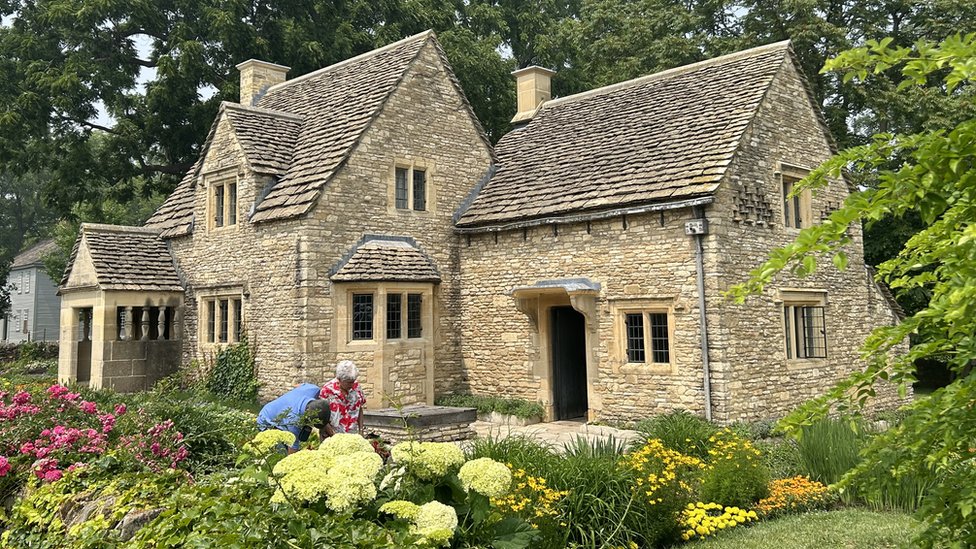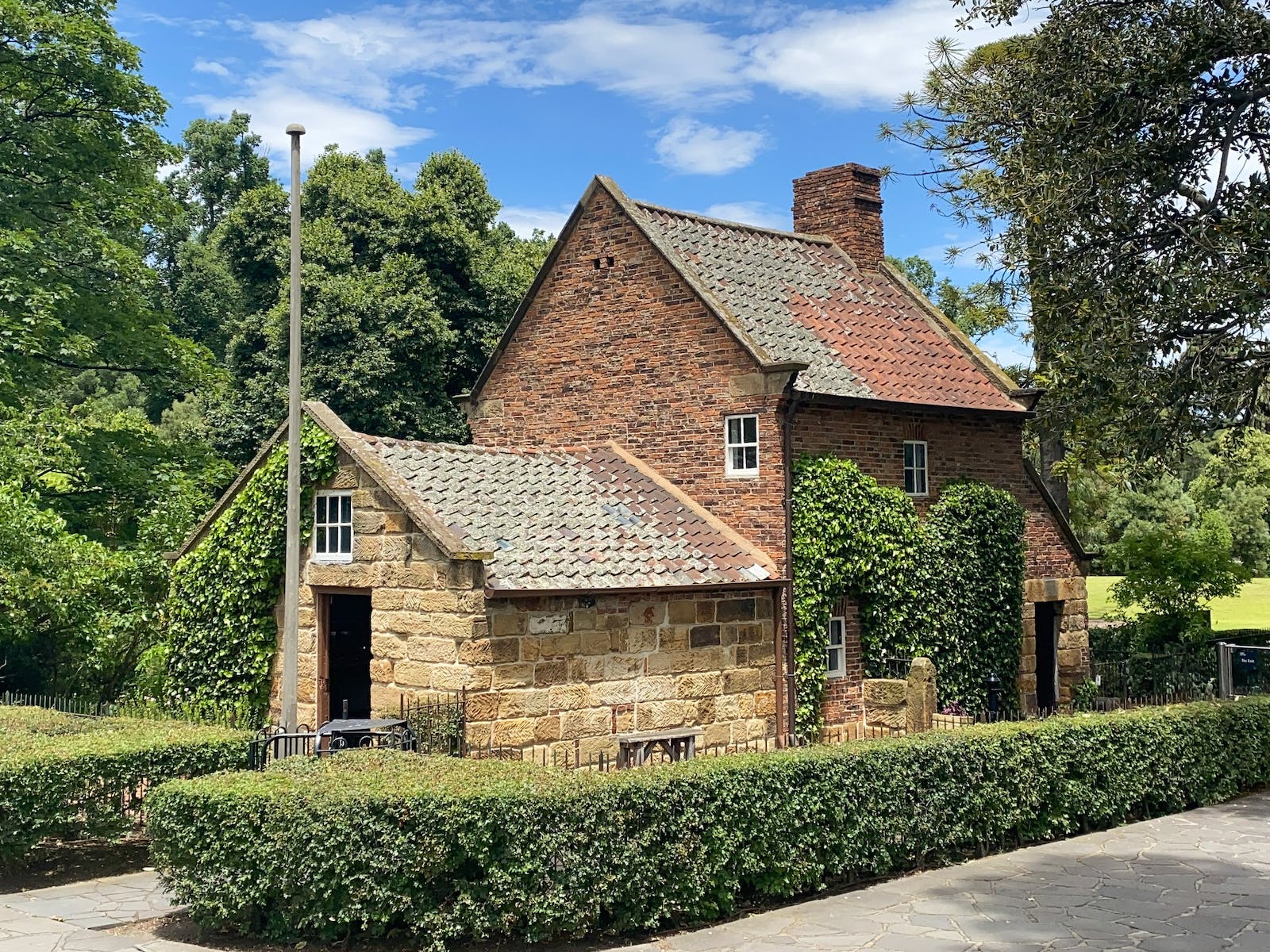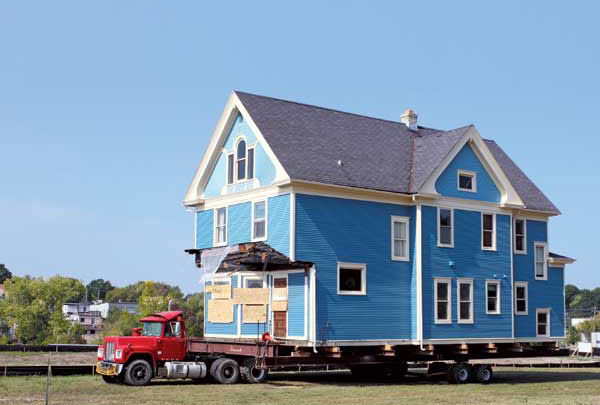Bringing New Meaning To Moving House
Imagine the planning and labor required to physically move a house from one plot to another. Moving can be a costly, difficult, and frustrating procedure. All of these incredible homes have been packed up and moved, from Alexander Hamilton's once-restless rural house to a rustic stone hamlet that traveled over 11,000 miles from England to Australia. Henry Ford, the founder of the automobile industry, was always creative in his approach to problem-solving, even when it came to the intricate logistics of transporting an ideal rural home across the Atlantic.
Henry Ford's Cotswold cottage, Michigan, USA
Although this charming house appears to be located in the center of the English Cotswolds, it is actually located in the living history museum of Greenfield Village, Michigan, which is quite a distance from home. One of the wealthiest men in America, Henry Ford, fell in love with the picturesque Cotswolds on many trips in the early 1920s and decided to ship the 1619 cottage across the Atlantic in 1929.
In keeping with the rest of the museum, the Cotswold cottage is obviously out of place and belongs to a different era, but at least its 17th-century architectural detail has been meticulously maintained. Along with mullioned windows, stone fireplaces, beamed ceilings, and traditional flagstone flooring, the house also has an outside wall with a dove coat, which is characteristic of that era's rural cottages.

The cottage is still accessible to the public today as a component of the museum, and hundreds of people visit it annually. "It was without a doubt the most expensive project at Greenfield Village," said the village's director, Jim Johnson. Ford, however, felt that the endeavor was well worth it. Johnson told the BBC that Henry "saw things going by the wayside that he wanted to preserve," and the renovation of the home undoubtedly accomplished just that.
Seaview Terrace, Rhode Island, USA
Seaview Terrace is situated on a gorgeous eight-acre site overlooking picturesque Sheep Point Cove in the affluent city of Newport, Rhode Island. After properties like Belcourt Castle and The Breakers, the 43,700-square-foot waterfront home, sometimes referred to as the Carey Mansion, is the fifth-largest estate in the area. Its amazing size is only surpassed by the fact that it was transported over 400 kilometers in 1923.
The enormous mansion was built in 1907 for affluent whiskey distiller Edson Bradley in the well-liked residential neighborhood of Dupont Circle, Washington, D.C. Edson Bradley later recruited architect Howard Greenley to expand and restore his new home. According to reports, the property expanded to 16,000 square feet, taking up more than half of a city block. Bradley, however, didn't appear to be happy with the site and made the decision to dismantle the home and relocate it to Newport in 1923.
The endeavor gained recognition and even made a mention for the 60-room mansion in Ripley's Believe It or Not, an entertainment franchise devoted to the most bizarre events and objects in the world. The procedure is reported to have lasted two years. The portions of the mansion that were dismantled and rebuilt, including the estate's private chapel, art gallery, 500-seat theater, and ballroom—all furnished with elaborate details—make the relocation all the more astounding.
Read Also: Why Niagara Falls Is So Much More Than A Waterfall
Cooks' Cottage, Victoria, Australia
This chocolate box home was built in a little town in North Yorkshire, England, but it is currently located in Melbourne, Australia, more than 10,500 miles away. This little property is one of the most intriguing architectural creations in the world, having experienced an incredible journey and a fascinating past. Built in 1755 by the parents of British adventurer Captain James Cook, Cooks' Cottage is sometimes referred to as Captain Cook's Cottage.

Great Ayton Parish Council records that the Cooks erected two houses, one for themselves and one to rent out, on the property they purchased for a meager "twenty-six lawfull shillings" at Great Ayton, North Yorkshire. James Cook senior relocated to Redcar on the Yorkshire Coast in 1772 following the death of his wife Grace. The two homes were bought and rented out in 1907 by the Dixon Brothers, who operated a grocery store in Great Ayton. Unfortunately, when Easby Lane was extended in 1928, nearly the whole western home was destroyed.
Hamilton Grange, New York, USA
The majestic residence, which was originally located at 237 West 141 Street in New York City, is seen in this antique photo. Hamilton only resided on the property for two years before losing his life in a fatal duel with Aaron Burr, the US Vice President at the time, in July 1804, making it the sole property he ever owned.

